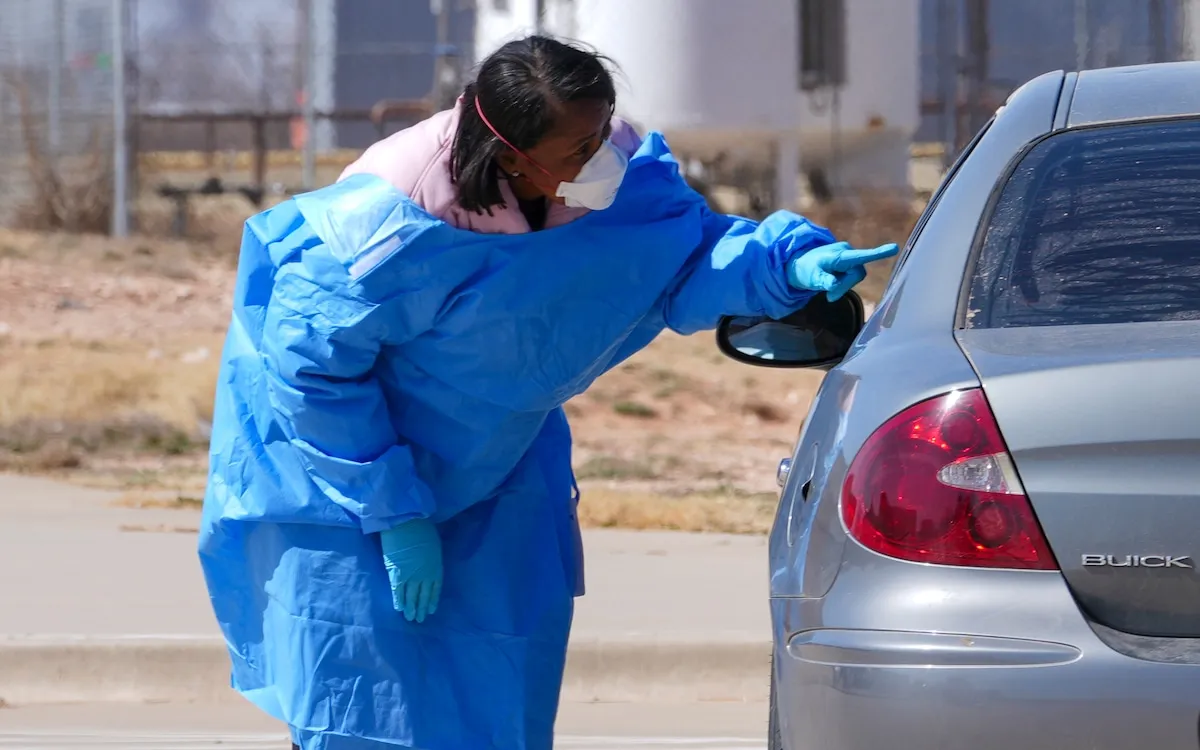
The Alabama Department of Public Health (ADPH) announced on Monday that the state has recorded its first case of measles since 2002. The infected individual is a child under the age of 5, residing in north Alabama. The ADPH confirmed that the child was not vaccinated and contracted measles during international travel. Fortunately, the child did not attend daycare or school, and all relevant entities involved in the management and treatment of the case have been notified. The child's siblings are vaccinated and have not exhibited any symptoms of the disease, according to the ADPH.
Dr. Karen Landers, the chief medical officer at the ADPH, emphasized the necessity for parents to ensure their children are up to date with their measles vaccinations. Statistics reveal that unvaccinated individuals face a staggering 90% chance of contracting the disease if exposed. Additionally, those infected can easily spread measles to others, highlighting the importance of maintaining high vaccination rates.
According to the Centers for Disease Control and Prevention (CDC), measles was declared eliminated in the United States in 2000 due to high vaccination rates. However, recent data indicates that vaccination coverage among kindergarteners has fallen below the target rate of 95%. This decline has resulted in a resurgence of measles activity across the country. In fact, 2023 has marked the worst year for measles in over three decades, as vaccination rates continue to drop and more parents opt for exemptions from school vaccination requirements.
Before a recent outbreak in Texas, many healthcare professionals had not encountered a case of measles due to its rarity. Texas Department of State Health Services Commissioner Jennifer Shuford noted the significant shift, as the CDC reported 1,375 cases of measles in the United States as of August 20, 2023.
The measles virus resides in the nose and throat mucus of infected individuals, leading to severe respiratory illness. Measles spreads when a person breathes in or comes into contact with fluid from an infected individual. The virus can be transmitted through droplets released into the air via sneezes or coughs. Symptoms typically emerge 7 to 14 days post-infection. Dr. Landers explained, “Measles follows a pattern where the child first develops a fever, cough, runny nose, and watery/red eyes, followed by a rash.” It’s important to note that individuals can begin spreading the virus up to four days before symptoms are apparent, and those with compromised immune systems may spread the virus for a longer duration.
For most children, protection against measles is included in the measles-mumps-rubella (MMR) vaccine, which is administered when children are 12 to 15 months old, followed by a second dose between the ages of 4 and 6 years. In certain situations, such as international travel or an outbreak, the first MMR vaccine can be given as early as 6 months. The ADPH estimates that the effectiveness of the MMR vaccine is an impressive 99% in preventing measles following the second dose. Parents can obtain vaccines at pediatricians’ offices or local health departments, and receiving the MMR vaccine is significantly safer than contracting measles itself.
While many children recover from measles, it can lead to severe complications, including ear infections, pneumonia, or encephalitis. There is no specific antiviral treatment for measles. Symptomatic therapies focus on ensuring adequate hydration and rest, along with non-aspirin fever reducers like acetaminophen or ibuprofen. The ADPH advises parents to contact a healthcare provider immediately if they suspect their child has measles or has been in contact with someone infected, particularly if the child is an infant, has a suppressed immune system, or has not received two doses of the measles vaccine.